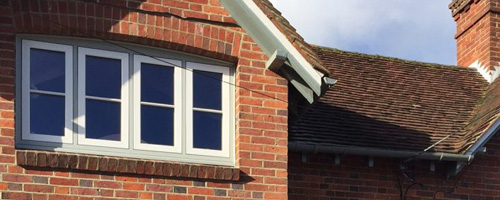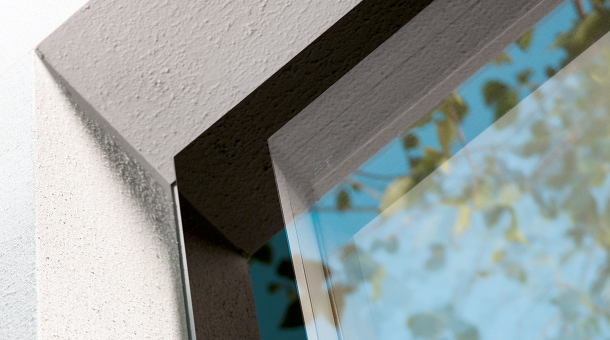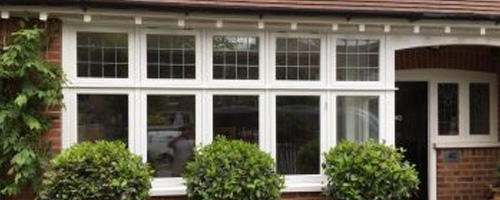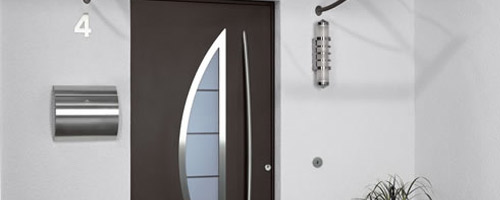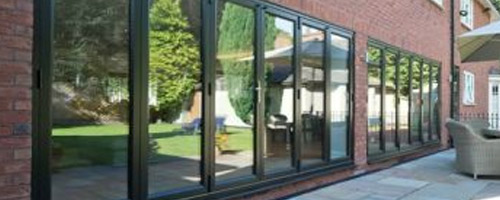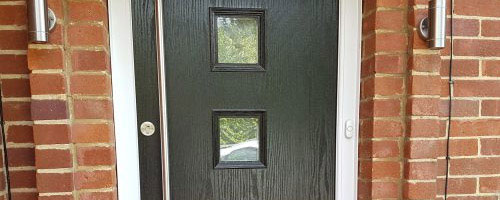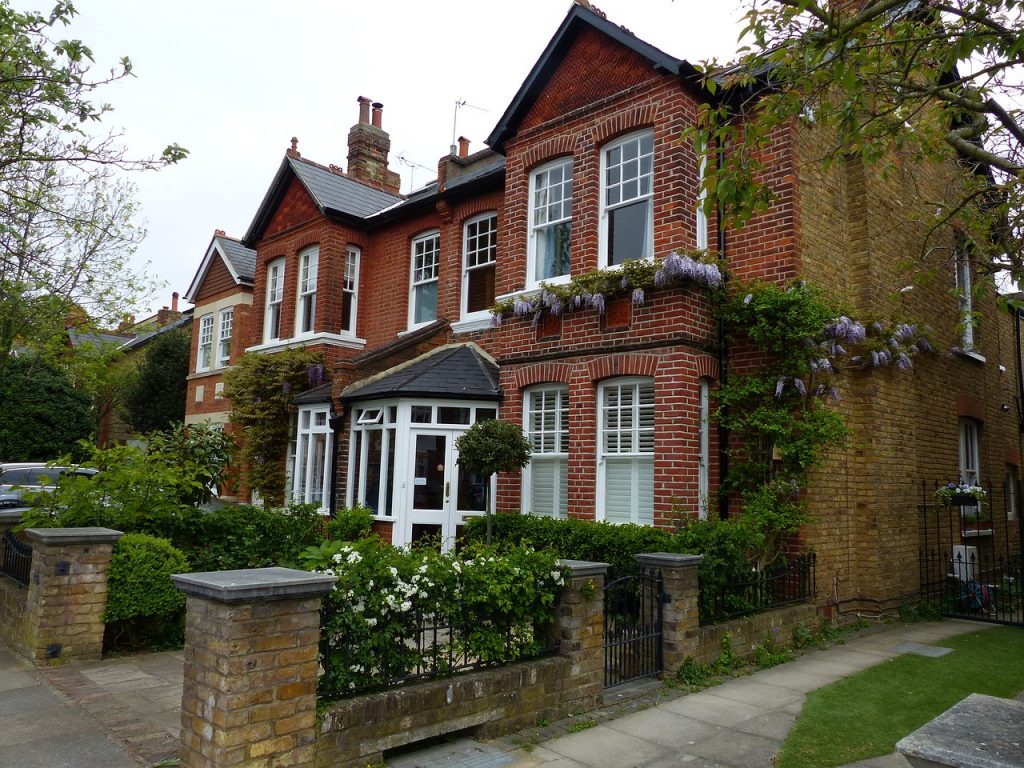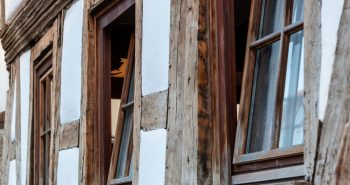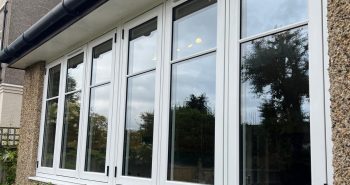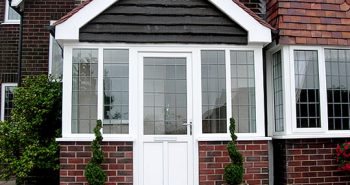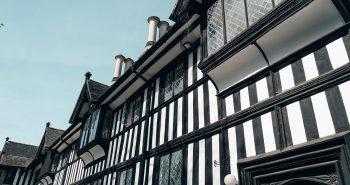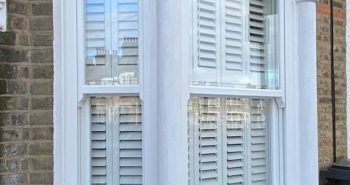Homes Through the Ages: The Victorian Home
Homes Through the Ages: The Victorian Home The Victorian period lasted from 1837 to 1901, and many of the homes built during this period share distinctive features that set them apart from properties built at other times. So what characterises a Victorian home? What are the specific features that make these homes so unique and…
Homes Through the Ages: The Victorian Home
The Victorian period lasted from 1837 to 1901, and many of the homes built during this period share distinctive features that set them apart from properties built at other times.
So what characterises a Victorian home? What are the specific features that make these homes so unique and popular? Here’s a guide to everything you need to know.
Exterior Style
Terraced homes became more common in Victorian times as more people moved into the urban areas. However, Victorian homes come in a wide range of styles, from smaller terraced homes right up to large detached properties.
One of the factors that makes Victorian homes immediately stand out is the ornate features on many of them. Things like round towers and octagonal shapes became popular as architects began to experiment more and move away from traditional designs. So, you will often see lots of turrets and towers on Victorian properties.
Many buildings also have coloured and patterned brickwork, and this was mainly because the arrival of trains meant that bricks could be transported across the country more easily.
Interior Style
Victorian interiors often have lots of ornate decorations and superfluous features. This was due to improving construction techniques allowing for more interesting and complex designs.
Paints became bolder, and more colour combinations were used. Plaster cornices with elaborate decorations became common, as did marble fireplaces, attractive wallpaper and luxurious carpets.
Floor tiles are a common feature of Victorian properties, with geometric tiles being especially popular on the ground floor and in the porch. Natural red and brown colours were the most common.
Many Victorian properties have large reception rooms with high ceilings. The sitting room or parlour was set aside as a room for women, and the study was for the men. They also had several bedrooms, balconies on the second floor and ornate stairways.
Inside toilets and flushing toilets also became more common in middle-class homes, as did features like coal fires and gas lighting.
Windows and Doors
After the repeal of the window tax in 1851, it became cheaper to have more windows in the home. Plate glass was also invented in 1832, meaning windows could be made much larger than previously without costing a fortune. As a result, many Victorian properties have large bay windows and sash windows.
Stained glass also became very popular in doors and windows, as did distinctive designs with lots of shapes, sizes and variation, even in the same building. For example, first storey windows were often a different size from the windows on the second storey.
Look After Your Victorian Home
If you have a Victorian home, you may recognise some of these features in your own property. Victorian homes are very special, so take special care of any original features in your home. And if you need to replace your windows, get in touch with us and we will make sure your new windows do your Victorian property justice.
Recommended Articles
Timber windows: what you need to know
3 years ago824 viewsHow To Choose New Windows For Your Home
10 months ago1257 viewsOsborn Glass & Windows Ltd grows in 2014/2015
7 years ago1551 viewsHomes Through the Ages: The Tudor Home
6 years ago1845 viewsWhy Are Sash Windows So Popular?
2 years ago1023 viewsSash Windows vs Casement Windows: Which is Right For You?
4 months ago565 views

